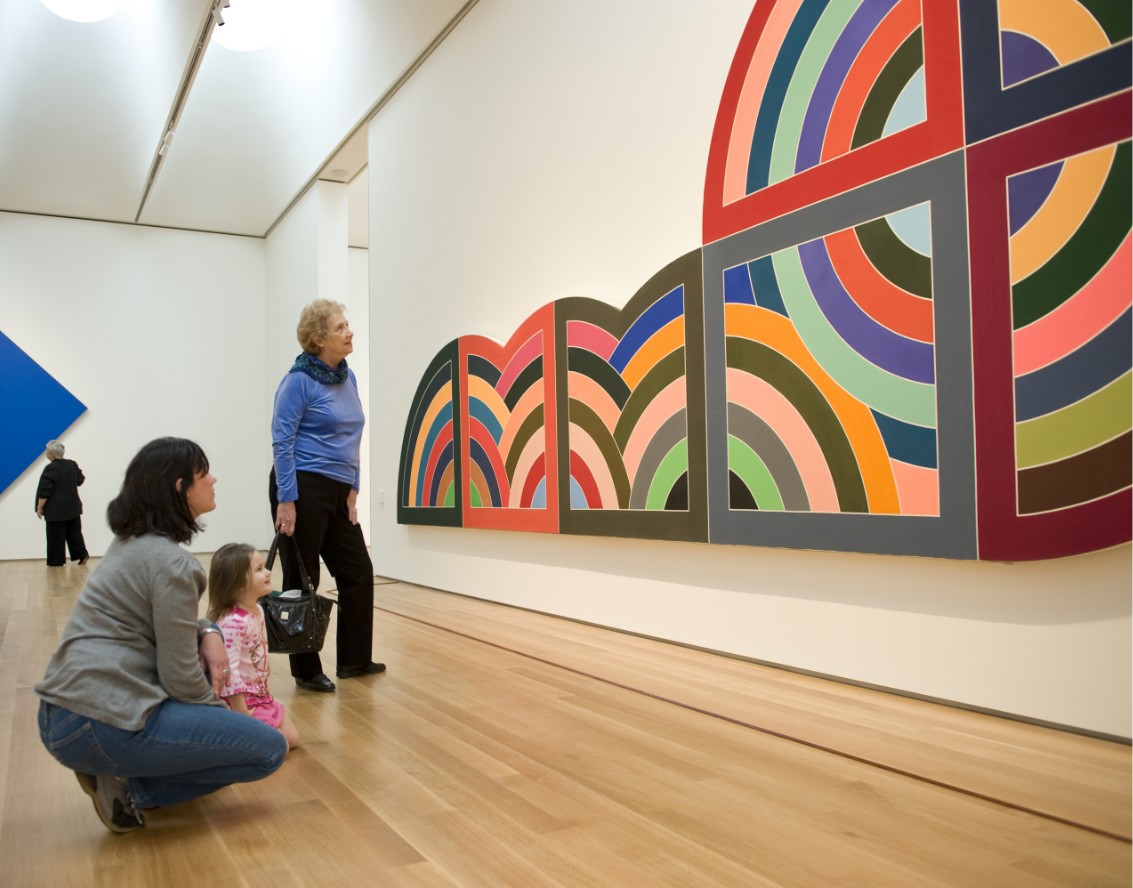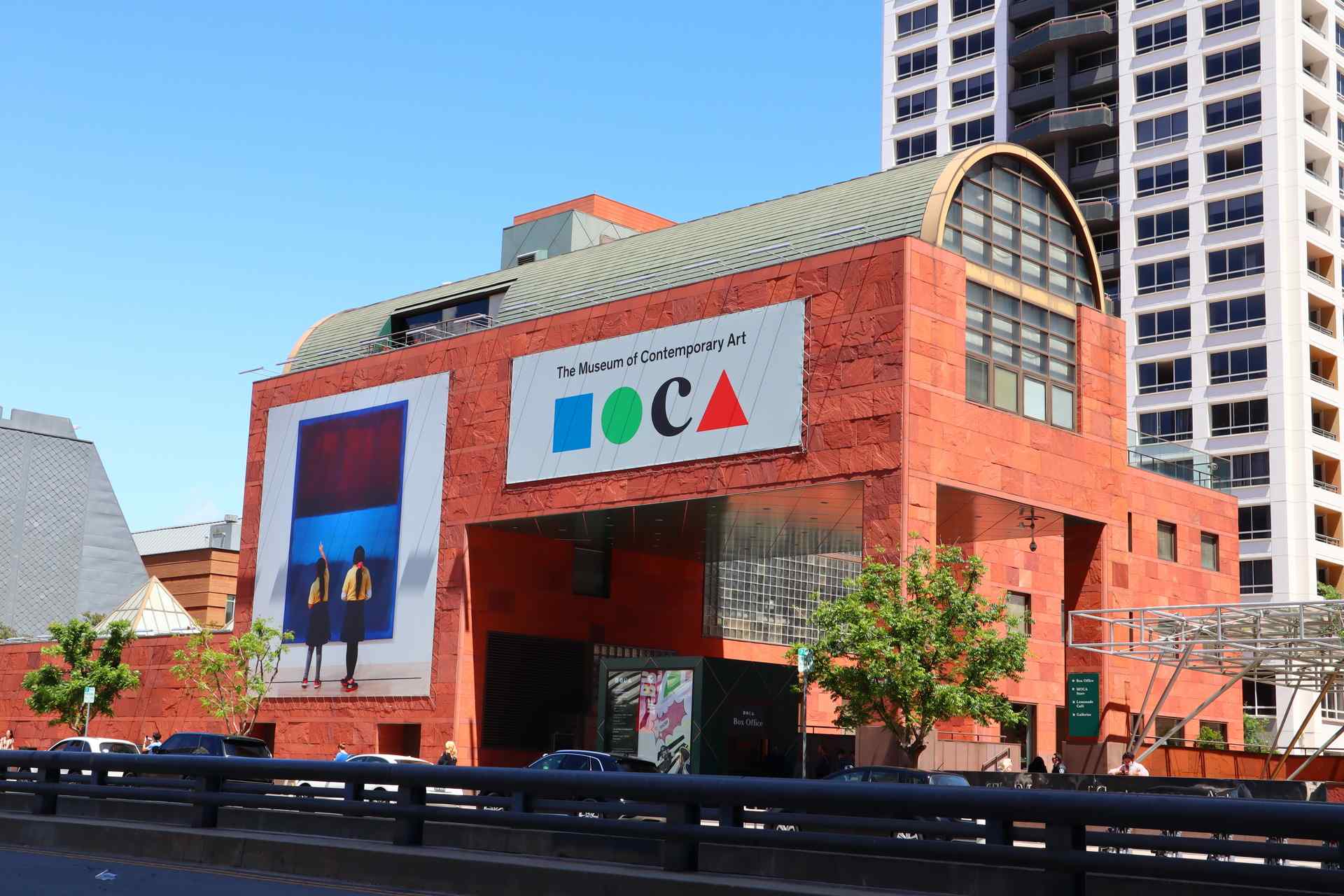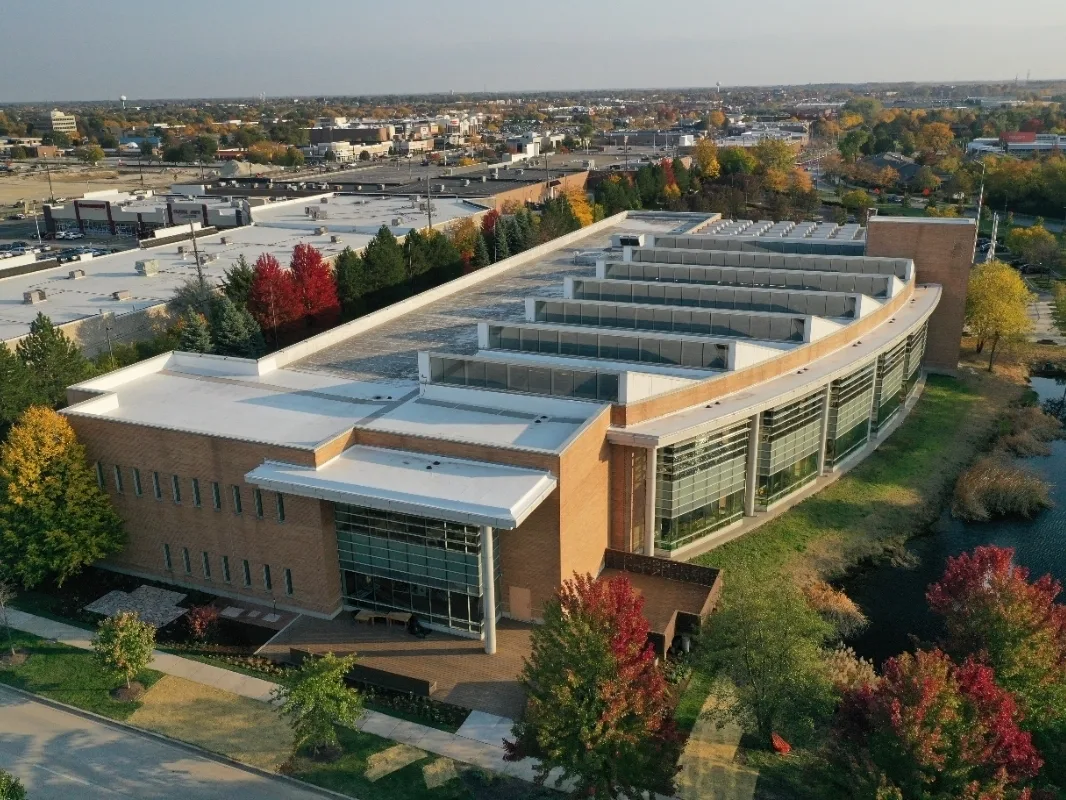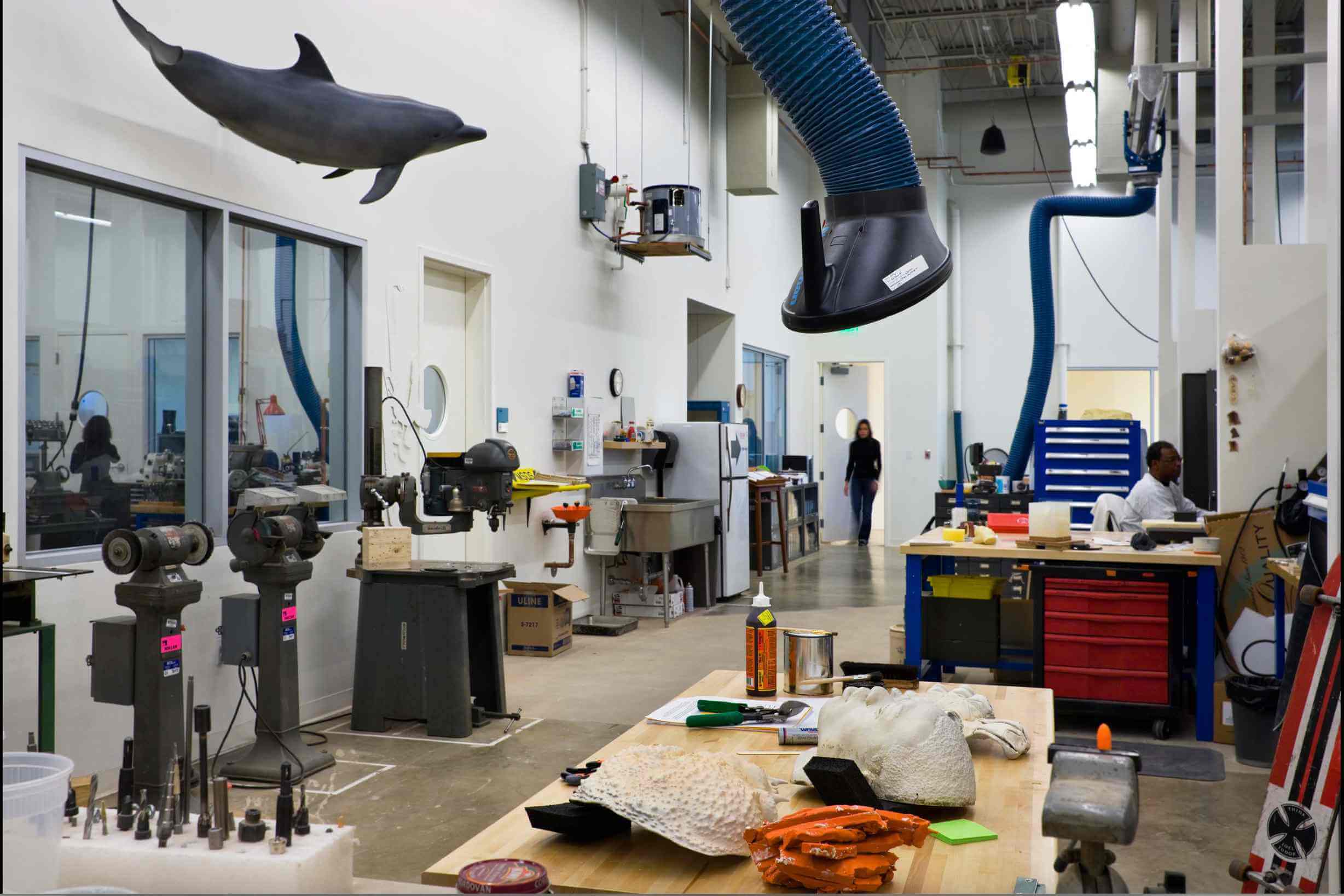MOCA Los Angeles Enhances Art Preservation with MeeFog Humidification
Building Humidification
The Museum of Contemporary Art, Los Angeles (MOCA) on downtown LA’s Grand Avenue was established in 1979. MOCA is the only artist-founded museum in LA, and attracts over 250,000 visitors each year. The museum houses a compelling collection of contemporary art, comprising of roughly 7,000 art objects created after 1940 in a variety of media, all of which have to be preserved for future generations. Museum environments must be closely monitored and controlled to prevent the deterioration of historic artifacts and art collections, which is why they require humidification for art museums. Temperature, relative humidity (RH), and light levels all must be carefully regulated. While temperature and light are typically well maintained, humidity can be a wild card. If left to drift out of the desired range, it can cause significant damage to paintings and other objects.
The Challenge:
Upgrading the existing air handling units (AHUs) and humidification system at the museum without having to close the facility to engage in major demolition and extensive renovations.
The Solution:
The facility kept the outer casing of the existing AHUs but changed out the AHU motors, cooling coils, heating coils and upgraded the casing interior and exterior. A new building automation system was also installed, which made it possible to manage energy usage throughout the building.
Controlling the Outside Air:
It’s not only the quality of the indoor air that can affect art. Ambient air pulled in from the outside environment has its own humidity level, which can vary significantly. Warm air can hold more moisture than cold air. When the air is warm and too dry, it absorbs moisture from the items in the museum collection. As the temperature drops, the relative humidity increases, and moisture is reabsorbed. These changes can have a negative impact on preservation.
Factors such as building heating, solar gain, and electric lights can raise the temperature and decrease the overall RH. Conversely, RH can increase when saturated outside air is introduced, when there are water leaks, when floors are being washed, when wet coats and umbrellas enter the building, or due to lack of ventilation.
If the RH sinks below 40%, organic materials may contract and shrink, textiles can become brittle, wood may break, and veneers, glues, and adhesives can crack, lift, or break. If the relative humidity rises above 65%, organic materials swell, painting canvases will sag, mold can thrive, and chemical reactions such as rusting can accelerate.
Aging Humidification System:
It is vital, therefore, to control humidity levels. This involves the reduction of sharp fluctuations, and maintaining RH within acceptable limits. However, this must be done in such a way as to maximize energy efficiency. Standard practice is to hold RH between narrow limits. But achieving that goal proved far from easy at MOCA’s main site on Grand Avenue, one of the premier attractions of downtown Los Angeles. Existing air handlers had reached end of life. And after more than thirty years of operation, the evaporative media-type humidification system was no longer enough to provide the level of control required.
Closing the facility for structural renovations wasn’t an option. Yet replacing the aging AHUs would have entailed the demolition of many walls, which was not practical and would have been cost prohibitive. One of the unique aspects of this project, therefore, is that the old air handling units (AHUs) were used.
“We decided to keep the AHU’s casings which were in good shape, to maintain the integrity of the structure, but to replace or upgrade all internal parts.” said Woodburn T. Schofield Jr. Director of Operations at MOCA who oversaw the retrofit of the new humidification system as part of an overall environmental upgrade program.
Humidification, the Main Driver:
A major upgrade to the humidification system was the primary driver for the retrofit. MOCA turned to ACCO Engineered Systems of Southern California
as the contractor for the project. The contractor retained the shell of the AHUs, but changed out the motors, cooling coils, heating coils, and installed
a new MeeFog humidification system. A new building automation system by Sunbelt Controls was also installed, which made it possible to manage energy usage throughout MOCA.
“The software from Sunbelt Controls has environmental sensors and valves tied into it so we can maintain tight control of our environment,” said Schofield.
As part of the retrofit, the AHUs were switched from older pneumatic controls to digital distributed controls that interface with the building automation system and the MeeFog humidification system.
Schofield reported that MOCA selected a fog humidification system from Mee Industries after seeing a demonstration of the technology. He said MOCA looked at other systems. Ultrasonic humidification was considered too expensive and might introduce air quality issues. Steam humidification was found to use far too much energy and water. Schofield said the lower electrical and water usage of fog were key factors in its favor, along with cost, efficiency and control.
“The old system used too much water and led to rusting of equipment. Being a museum, we needed to ensure air quality excellence and stringent humidification control.”
For MOCA, that meant temperatures of 70°F and 50% relative humidity – ideal conditions for the museum. The MeeFog system uses an adiabatic humidification (pure water) process. The system continuously monitors and controls the amount
of humidity introduced into the air while helping maintain the overall temperature. High-pressure pumps, control systems, piping, water softening and a reverse osmosis (RO) water system are located in MOCA’s mechanical room.
Pure water is transmitted to the AHUs where a series of fog nozzles atomize it into micro-fine droplets.
He likened the old system to a household cooler. Water goes in at the top, drips down through a convoluted series of cardboard media and into a pond or basin at the bottom of the AHU. That water in them recirculated from the base to the top of the unit. This functioned acceptably for MOCA when the outside air was dry. But during periods of higher ambient humidity, this was a greater challenge for building management personnel.
The Importance of Droplet Size:
Mee Industries utilizes impaction-pin type fog nozzles as droplet size is the single most important factor governing performance. Smaller droplets mean faster and more efficient humidification for art museums, minimal wetting of duct surfaces and greatly reduced water usage. Each MeeFog impaction-pin nozzle is made from high-grade stainless steel. It features a 0.006-inch (150 micrometer) diameter opening which produces billions of ultra-fine droplets per second. At an operating pressure of 1000 psi, the resulting average droplet size is far below 10 microns, or one tenth the diameter of a single strand of human hair. The resulting fog cools and evaporates rapidly.
At MOCA, the nozzle arrays are arranged within the AHUs. The fog system can be controlled granularly from the building automation system to ensure conditions are optimized for the art objects. Schofield reports tighter control with the new system, as well as lower maintenance, cleaner air, lower electricity costs and water usage. Such savings typically mean that a MeeFog system can pay for itself within one year.
Learn More
Discover more successful Mee Industries building humidification systems installation projects and case studies :



